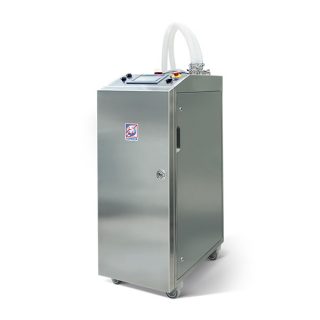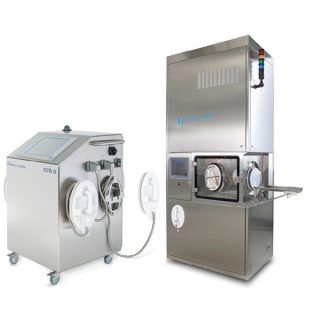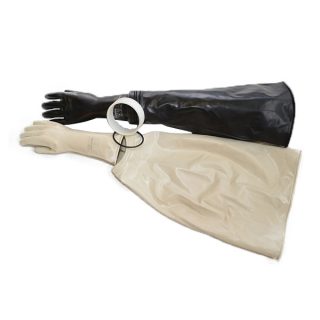Protective gloves or chemical protective gloves are part of personal protective equipment (PPE). To prevent a large number of injuries, especially in the workplace, the status and quality of gloves must comply with the requirements of PPE directives 89/686/EEC (Use of Personal Protection Equipment) and comply with current safety standards.
Gloves Category:
There are three categories for gloves:
First category:
For minimal risks: Protection requirements are low. Gloves are sufficient in a simple version, e.g. household gloves, these gloves may be tested by the manufacturer and, in addition to the name of the product, the size of the goods, the number of the goods and the address of the manufacturer, may be labeled with the CE mark.
Second category:
For the average risk: Gloves of this category protect from mechanical hazards meaning cuts, abrasions, piercings and tear propagation. They are accredited by independent testing institutions. The gloves in the second category of the CE badge show DIN EN 388 pictograms for mechanical hazards and performance labels. In addition, the instruction symbol “i”, the item name, the size of the item, the item number and the address of the manufacturer are displayed. The name and address of the certification body can be found in the glove product manual.
Third category:
For high risk/protection against irreversible and deadly hazards: Protective gloves show material properties and applications that when used correctly and carefully protect against the hazards listed above. Apart from the CE mark, the label on the gloves shows valid test institution identification numbers and pictograms of DIN EN 388 and DIN EN 374. In addition, gloves display performance labels, the “i” instruction symbol, item name, product size, product number and manufacturer address.
Facilities:
Pharmaceutical gloves made of polyethylene chlorosulfonate (CSM). These gloves have exceptional resistance to oxygen, ozone, ultraviolet radiation, heat and chemical products.
When working with oxidizing products, concentrated nitric acid, concentrated hydrochloric acid, ammonia, concentrated alkali and alcohols are recommended.
- Temperature Range: From -20°C to +120°C.
- Resistant to H2O2 and ozone.
- Very good resistance to many oxidizing chemicals.
- Very impervious to gas.
Chemical resistant in accordance with EN ISO 374-1: 2016 + A1: 2018:
Chemical resistance table in accordance with EN ISO 374-1
| Testing Chemicals | Protection Index |
| Methanol | 4 (> 480 min) |
| Sodium Hydroxide 40% | 6 (> 480 min) |
| Sulphuric Acid 96% | 6 (> 480 min) |
| Hydrogen Peroxide 35% | 6 (< 480 min) |
Standard and Features:
The CE regulatory framework on PPE (Personal Protective Equipment) has changed a lot in the past few years. The gloves sold by PIERCAN are in line with the new European Regulation 2016/425, which definitively entered into force in 2019 and permanently replaces directive 89/686/EEC.
Pharmaceutical gloves meet the following standards around the world:
- EN 420: general requirements for gloves
- EN 374: chemical risks
- EN 388: mechanical risks
- EN 421: nuclear risks
Details:
- Material: made of CSM
- Hand shape: Ambidextrous
- Hand size: 9.75
- Thickness: 15
- Diameter of Gauntlet: 8 in
- Length:800 mm
- Excellent chemical resistance
- High resistance to Ozone and UV
- Excellent flexibility and dexterity
- Excellent behavior against ionizing radiation
- Excellent resistance to sterilizing agents
- (Vaporous Hydrogen Peroxide)
- Sterilization processes (Gamma and Beta radiation)
5-2: Fields of Application
- Life Sciences (Pharmaceutical/Medical)
- Nuclear Industries
5-3: Options
- Validated Sterile
- (clean room laundered and gamma irradiated)
- Cleaning Options
- Wipe with 70% Isopropyl Alcohol
5-4: Storage Conditions
- Store in original packaging between
- 41° F to 77° F (5° – 25°C)
5-5: Shelf Life
- 3 years from DOM
5-6: Glove Disposal
- Non-recyclable
- Classified non-toxic waste if not contaminated






Reviews
There are no reviews yet.